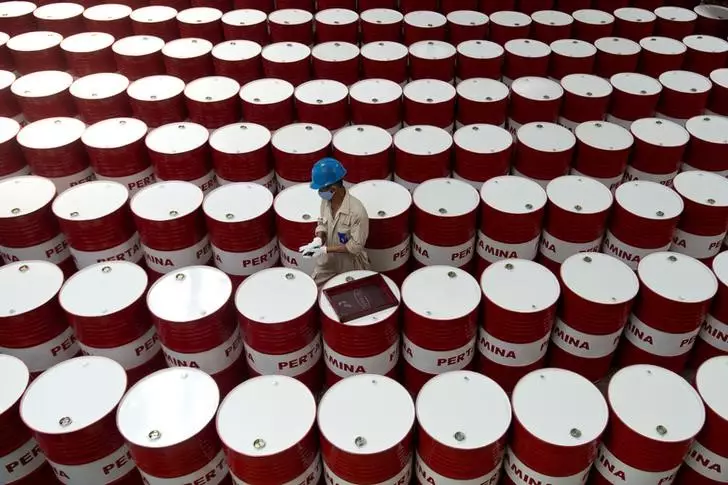Analysts at Citi have recently shed light on the potential trajectory of European gas prices, hinting at significant reductions that could reshape various industries across the continent. The expectation of a dramatic fall—forecasted to possibly reach a 50% decrease by 2028—stems primarily from the increasing availability of liquefied natural gas (LNG) amid dwindling Russian supplies. This shift signifies a pivotal change in the region’s energy landscape and highlights how a fluctuating gas market can reverberate through multiple sectors, benefiting some while challenging others.
In a more immediate context, Citi predicts that gas prices in Europe could decrease by approximately 20% over the next six to twelve months. Such a reduction would likely provide a much-needed reprieve for industries particularly susceptible to gas price volatility. Notably, sectors such as chemicals, construction, and industrials are poised to reap the most rewards in the long run, as these industries rely heavily on stable and affordable energy sources. The correlation between energy prices and industrial performance is critical, suggesting that the health of the European economy could significantly hinge on these developments.
A closer examination of the Stoxx 600 index reveals that 30 stocks, with substantial five-year correlations to European gas prices, are prominently linked to the chemicals and industrials sectors. These sectors are likely to respond positively to falling gas prices, enhancing their profit margins and fostering growth. Additionally, car manufacturers and travel industry stakeholders are expected to benefit, as these businesses have been notably affected by gas price fluctuations, particularly since the escalation of geopolitical tensions in Eastern Europe. The ability to anticipate and adapt to these pricing changes could thus be an advantage for companies within these segments.
While gas prices illustrate a specific trend, the broader context of oil prices remains shaky, particularly following recent remarks from US President Donald Trump. His calls to lower crude prices and ramp up energy production have contributed to a bearish sentiment in the oil market. The West Texas Intermediate crude futures faced a slight dip to $74.62 a barrel, mirroring the Brent contract’s decline. With both benchmarks exhibiting their worst weekly performance since last November, the situation underscores the interconnectedness of global energy prices and the influence of political decisions on market dynamics.
In a rapidly evolving energy landscape, the reduction in European gas prices not only signals potential growth for specific industries but also raises questions about the future of energy policy and supply dynamics on a global scale. As sectors like chemicals and industrials prepare for an influx of more affordable energy, the ripple effects will likely extend beyond the immediate beneficiaries, influencing broader economic trends and strategies. Stakeholders must remain vigilant and adaptable as these shifts unfold, navigating both opportunities and challenges in this interconnected market.

